A 1,700-year-old trove of coins recently discovered in Israel provides new evidence of the final Jewish revolt against Roman rule.
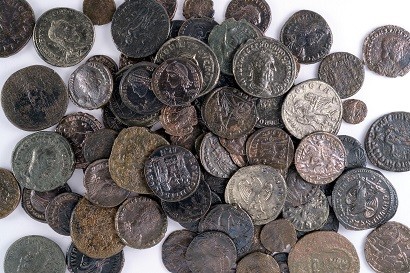 |
| Ancient coins recently discovered in Israel. (Source: Times of Israel) |
According to the announcement of the Israel Antiquities Authority (IAA), archaeologists have just found coins buried under the foundation of the house while excavating the ruins of a public building dating from the late Roman period in an ancient city, in what is now the central part of the country.
Although the building was “violently destroyed” during the Jewish revolt against the Romans, the remaining foundations of the building concealed 94 silver and bronze coins, dating from AD 221 to 354. Researchers believe that someone deliberately buried the money beneath the floor, hoping to return to retrieve it when the situation calmed down.
“This is essentially an emergency hoard, meaning people hid money in preparation for an impending catastrophic event,” said Mor Viezel, an archaeologist at the IAA.
Many of the coins were minted during the period known as the Gallic Revolt (AD 351–354), a time of turmoil when Jews rebelled against the rule of the Roman emperor Flavius Claudius Constantius Gallus, grandson of Constantine the Great (the first Roman emperor to convert to Christianity).
At the time of the Gallic Revolt, Jews rose up against Roman rule that had been in place for hundreds of years, Mr. Viezel said.
During the First Jewish-Roman War (66–70 AD), the Romans destroyed a major Jewish temple in Jerusalem. Then, during the Bar Kokhba Revolt (132–135 AD), the Romans crushed Jewish resistance to independence.
“This building, destroyed to its foundations, is a clear sign that the uprising was suppressed by force,” said Shahar Krispin and Viezel, IAA excavators.
In addition to the coins, researchers also found a number of impressive stone and marble artifacts engraved with Greek, Hebrew and Latin inscriptions.
It is unclear how the building was used by Jews before it was destroyed during the uprising. “It is difficult to determine whether this magnificent building was used as a synagogue, a classroom, a meeting room – or all three,” said Professor Joshua Schwartz, president of the IAA.
The findings will be presented at the Central Israel Regional Archaeological Conference, held in Tel Aviv on June 20.
Source: https://baoquocte.vn/phat-hien-kho-tien-1700-nam-tuoi-cua-nguoi-do-thai-co-dai-275449.html



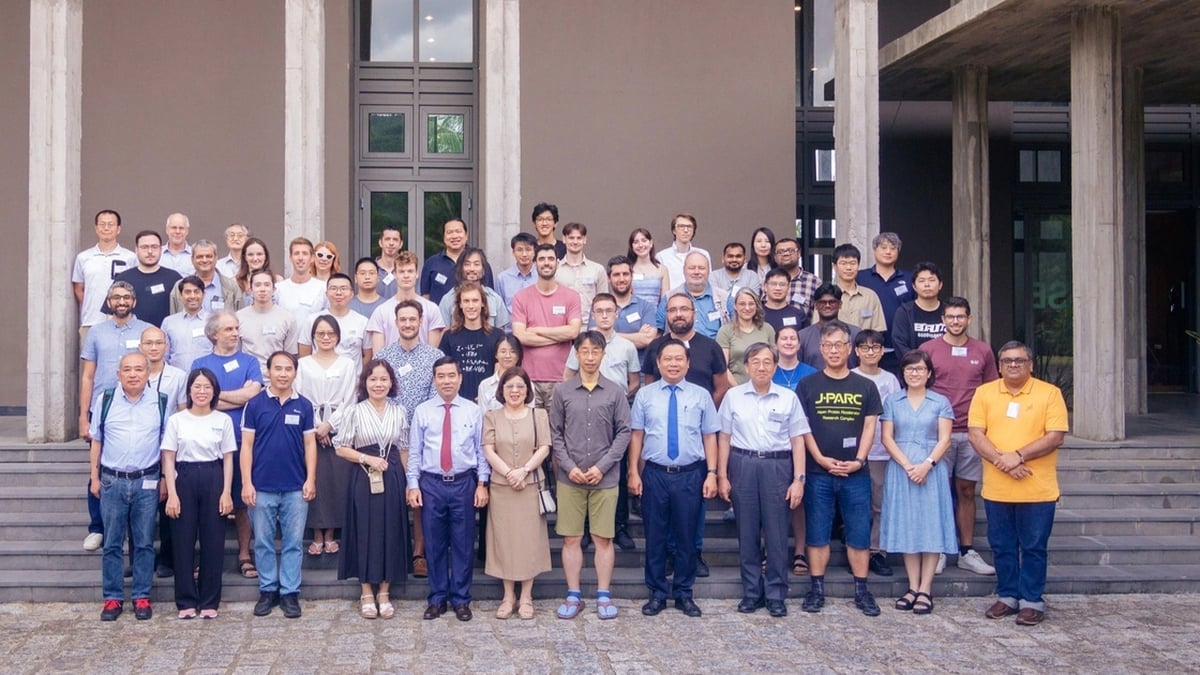



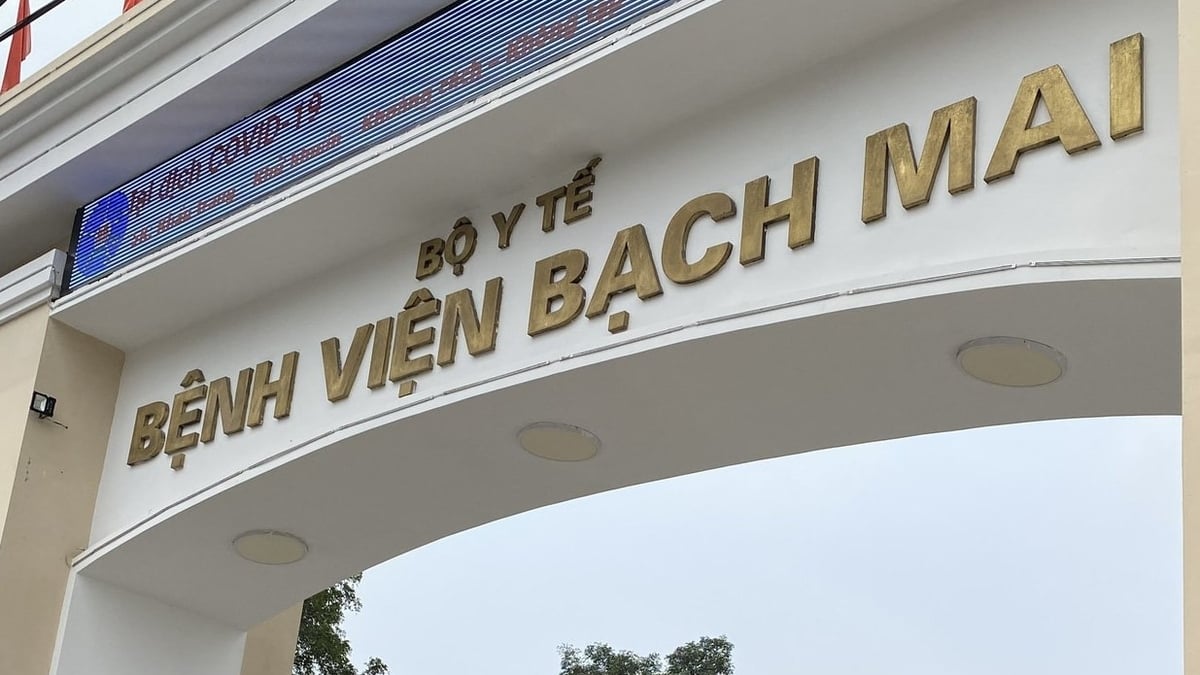
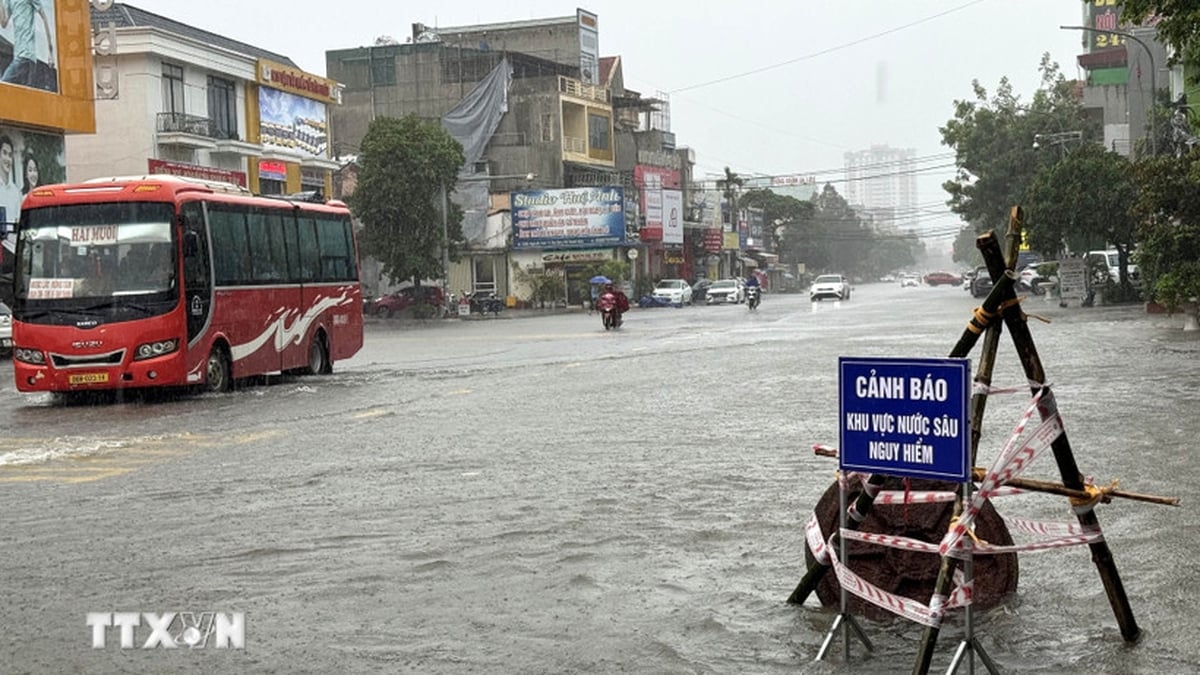


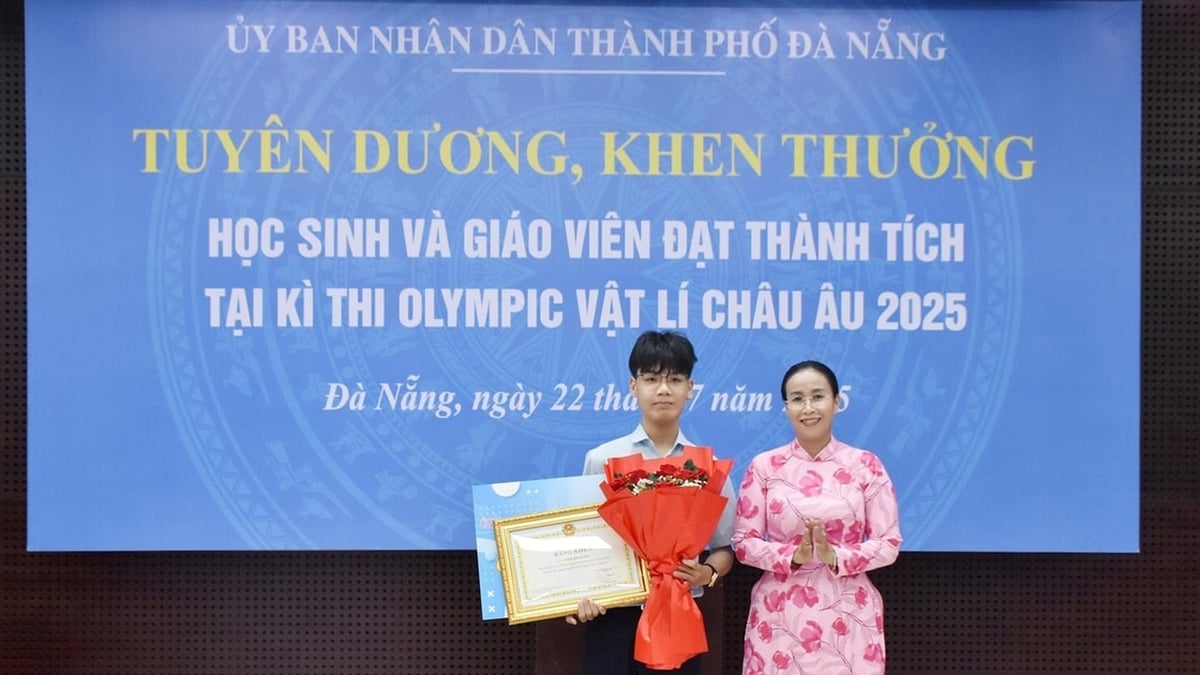













![[Photo] National Assembly Chairman Tran Thanh Man visits Vietnamese Heroic Mother Ta Thi Tran](https://vphoto.vietnam.vn/thumb/1200x675/vietnam/resource/IMAGE/2025/7/20/765c0bd057dd44ad83ab89fe0255b783)








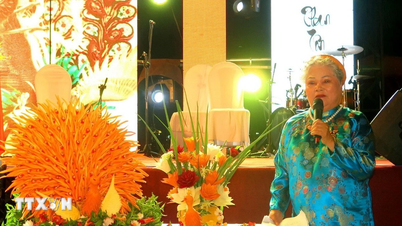

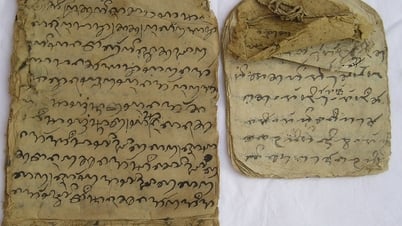





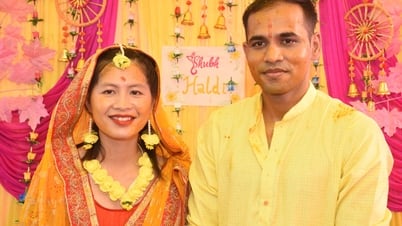

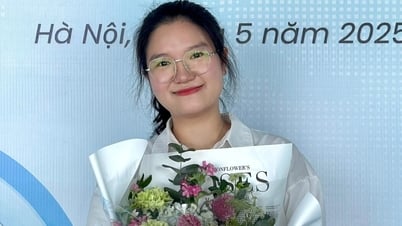

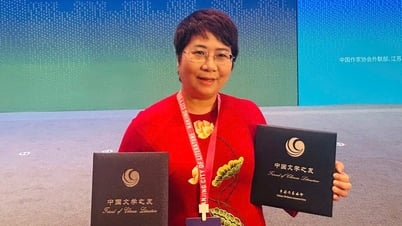







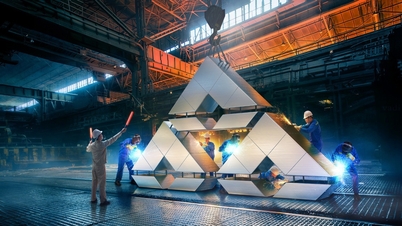



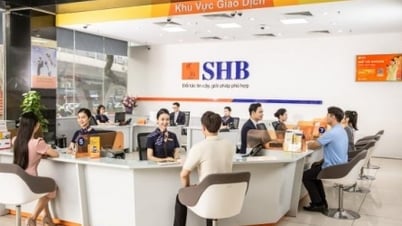







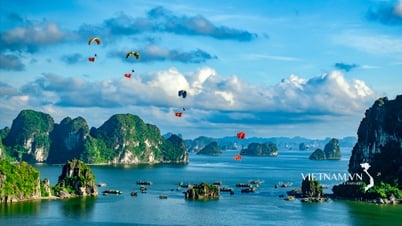
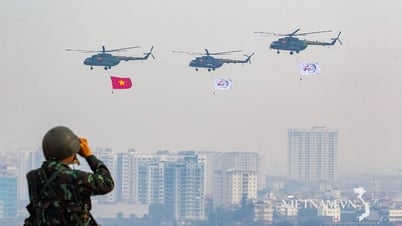






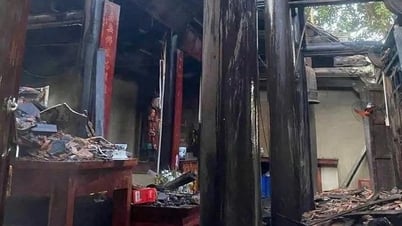



























Comment (0)